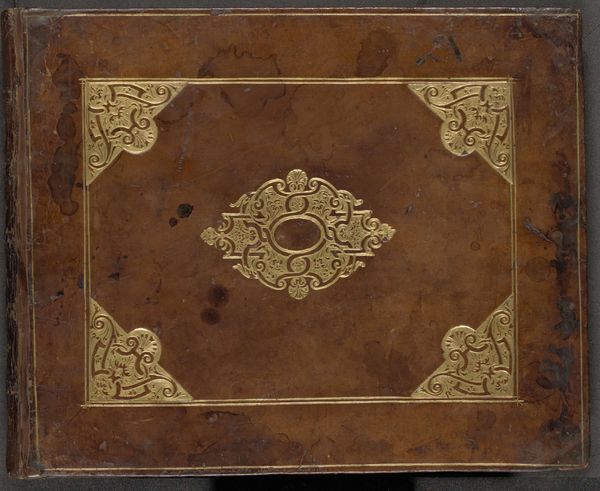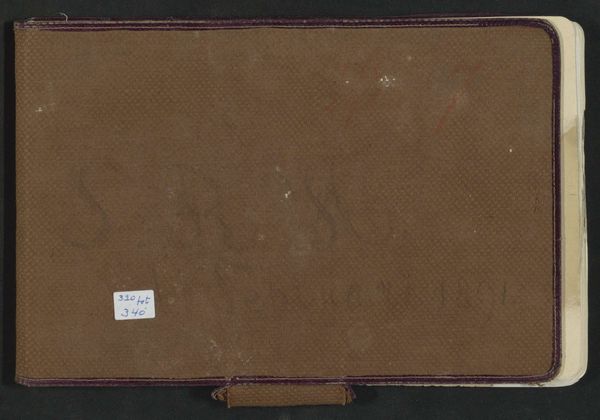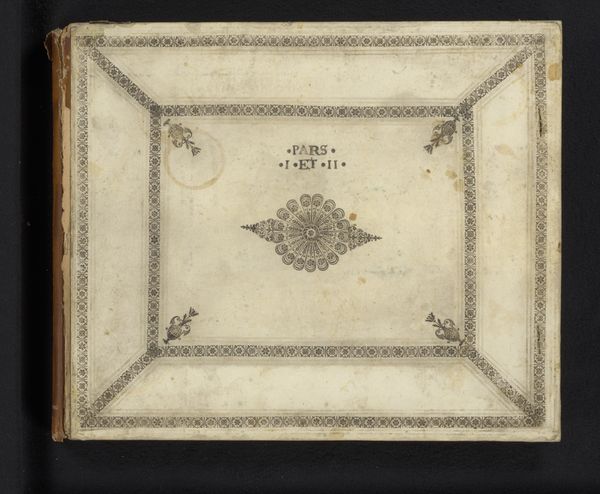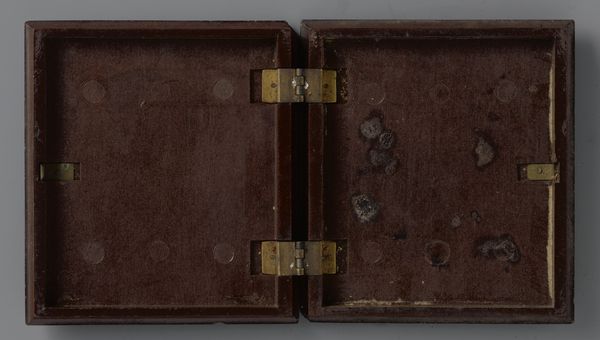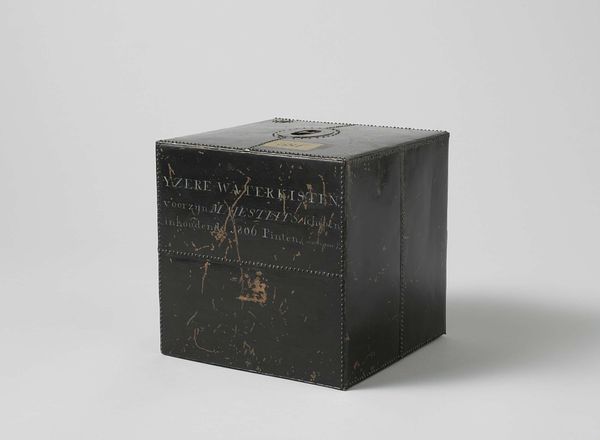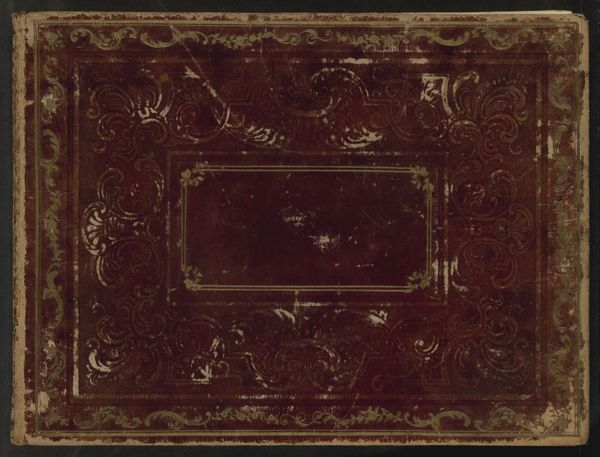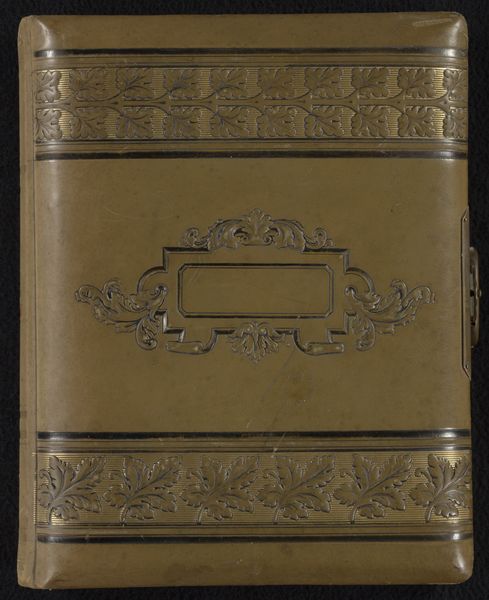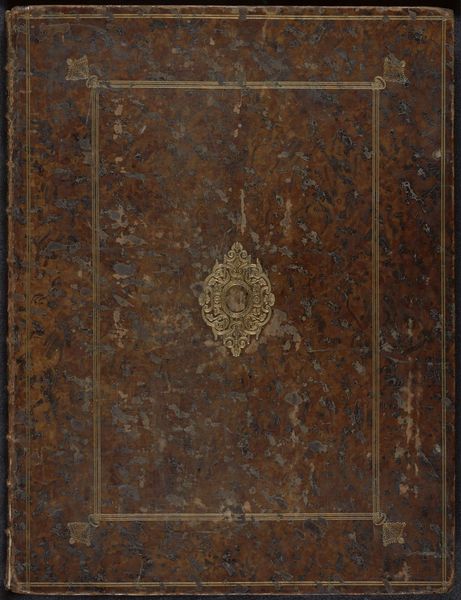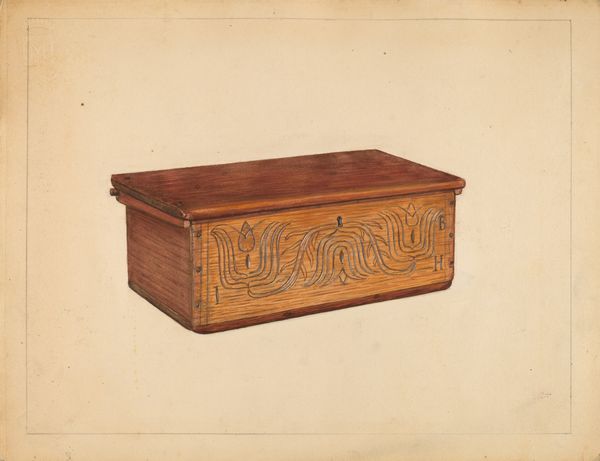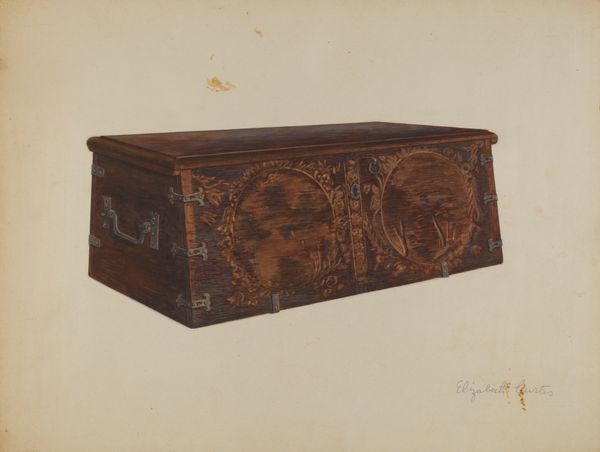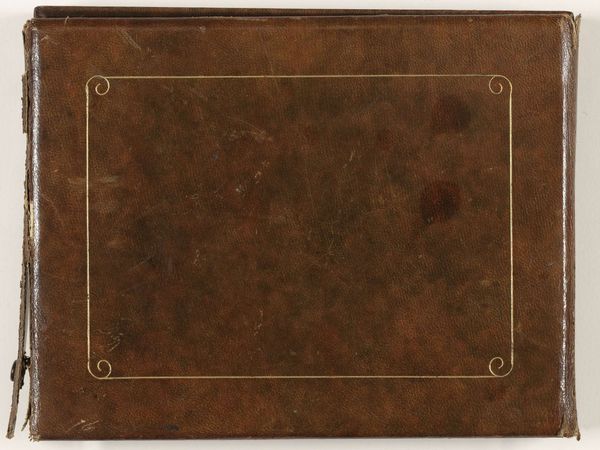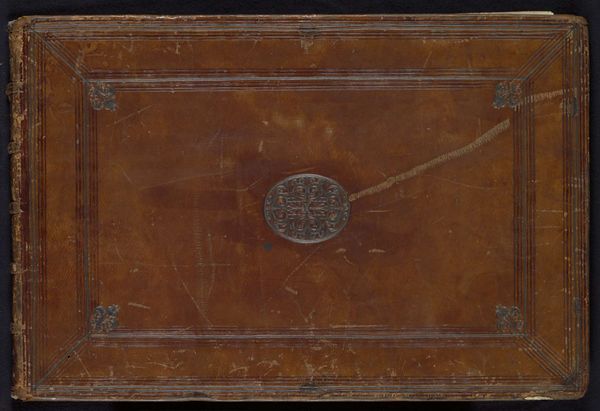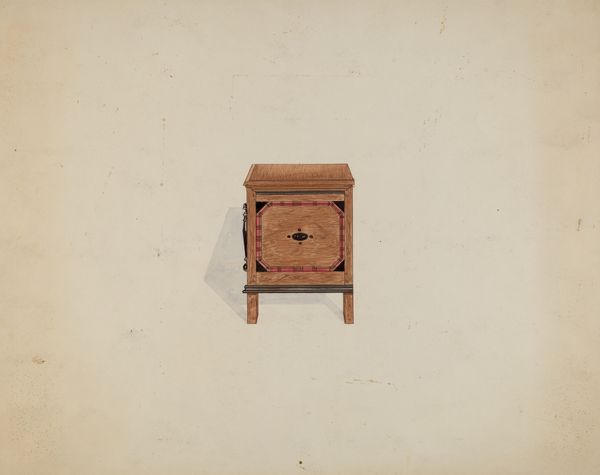
print, photography, albumen-print
#
16_19th-century
# print
#
war
#
landscape
#
photography
#
united-states
#
history-painting
#
albumen-print
#
realism
Dimensions: Various dimensions, see individual object records
Copyright: Public Domain
Artist: Woah, just look at this artifact—it's heavy with history, isn't it? It feels like a sacred text bound in worn leather. What am I even looking at? Art Historian: This, my friend, is "Photographic Views of Sherman's Campaign," a collection of albumen prints bound together. It was produced in 1866 by George N. Barnard. It captures, in sobering detail, the landscape scarred by General Sherman's infamous march during the Civil War. Artist: Scarred is right. Even the leather on this cover seems marked, echoing those ravaged landscapes. I can almost smell the smoke and hear the silence that follows a storm. How do you reckon the visual language here contributes to understanding that historical event? Art Historian: Well, photography during the Civil War was still a relatively new technology, right? Its stark realism offered a powerful alternative to romanticized paintings of battle. The untouched, almost clinical, presentation forced a different kind of engagement with war and its consequences. It shifted how the war could be sold... or, perhaps more accurately, understood. Artist: A definite rupture in ways of telling, isn't it? A brutal beauty. I wonder what Barnard intended? Did he see himself as a witness, a documentarian, or did the lens make him something else, an accomplice in the story being woven? Art Historian: That’s a knotty question, one that runs through a lot of thinking on photography, but his motivations remain elusive. We see war less like a heroic undertaking, but more as, say, an industrial endeavor, which served to normalize wartime realities, while claiming impartial objectivity. Artist: An eerie power lies there, that claim of impartiality, particularly because nothing’s impartial. Barnard's angles, framing—those choices inevitably guide our eyes and, thereby, our emotions, right? A sort of truth wrapped in intention. Art Historian: Precisely! The act of choosing, of presenting some views while excluding others, highlights photography’s ability to shape historical memory and influence the public's perception. Artist: It’s amazing how one can gaze into these scenes, separated by so many years, and feel a chill. Thank you for highlighting the tensions and nuances humming behind each sepia-toned image. Art Historian: It is my pleasure. To witness an era frozen, its impact echoing, makes this much more than a document. This heavy volume is a memorial, carefully constructed for public view and enduring conversation.
Comments
No comments
Be the first to comment and join the conversation on the ultimate creative platform.
